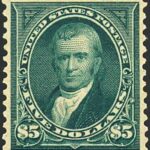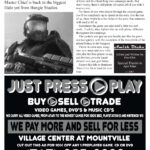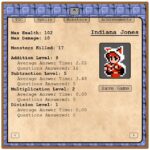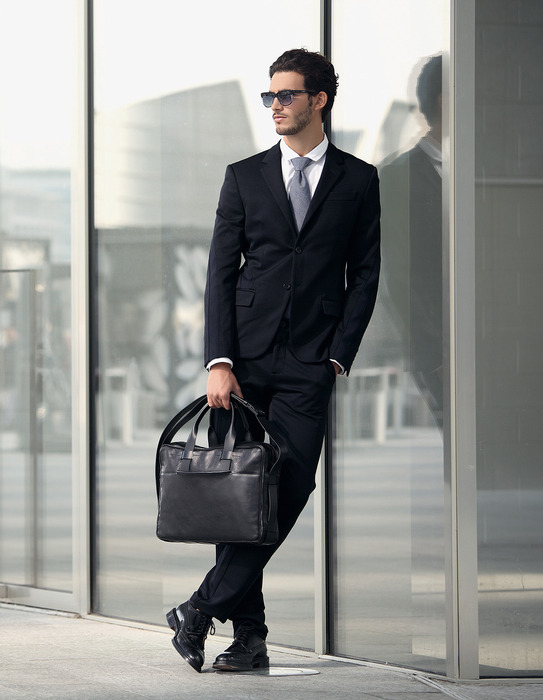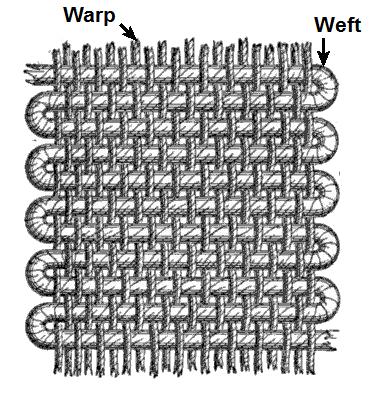
Getting Under the Right Umbrella
Spring is nearly sprung upon us, and with the changing of the season comes rain. Rain water is not bad for our clothes — after all, we need to wash them on a regular basis — but because our clothes are often made from organic fibers, and these fibers retain moisture, it’s possible for them to develop mold and bacteria if they stay damp too long, giving them a distinct odor. Rain can also harbor pollutants, which impart another odor to our clothes.
The simple solution to these problems is investing in an umbrella. The word umbrella comes to us from the Latin word umbra, which means shade, so umbrella literally translates as “little shade.” The umbrella as we know it today has been with us for at least 2,000 years. The earliest record of a collapsible umbrella is from ancient China and was made for the carriage of Emperor Wang Mang. From then until the 18th century, umbrellas were a mark of nobility or aristocracy.
